Give Anderson, Dorn & Rader Ltd. a call at 775-823-9455 to make a free consultation with an estate planning attorney
and see how we can help protect your legacy and your family.
The primary purposes of a Revocable Living Trust are to avoid Probate Court's costs at death and a guardianship proceeding should the creator of the Trust (the Trustor) become incapacitated during life. In order for a Successor Trustee to properly administer the Trust in the event of incapacity or death, the assets in the Trust should be identified.
Typically attached to an individual Revocable Living Trust is Schedule A that lists all the Trust assets. This provides a roadmap for the Successor Trustee to find the Trustor's assets held in the Trust and to begin administering the assets correctly. For married couples completing a joint Revocable Living Trust, Schedule A will identify Community Property, Schedule B will identify the Husband's Separate Property, and Schedule C will identify the Wife's Separate Property. Identifying the property's character can be very important for the Successor Trustee to properly administer the Trust for beneficiaries and determine if the step-up in income tax basis to Fair Market Value at death is applicable to the asset. The Trustors should update Schedules A, B, and C in writing as material changes are made to their assets such as new bank accounts, brokerage accounts, real estate, life insurance, safe deposit boxes, etc. While the Trustors can make updates and changes to their Schedules, the Trustors should never write on their trust document as any handwritten modification to a Trust document that is not properly executed/notarized will not be effective.
An example of Schedule A is included at the end of this article for a sample client assuming all their property is Community Property. While Schedule A provides the roadmap for administering Trust assets for Successor Trustees, it does not by itself fund assets into the Trust. To properly fund real property into a Trust, a deed must be prepared and recorded, bank account and brokerage accounts re-titled to the Trust, qualified plans and IRA beneficiary designations updated, life insurance beneficiary designations completed, and business interests assigned to the Trust.
While Estate planning can be complicated, it is essential in protecting yourself and your loved one's financial future. Give Anderson, Dorn & Rader Ltd. a call at 775-823-9455 to make a free consultation with an estate planning attorney and see how we can help protect your legacy and your family.




